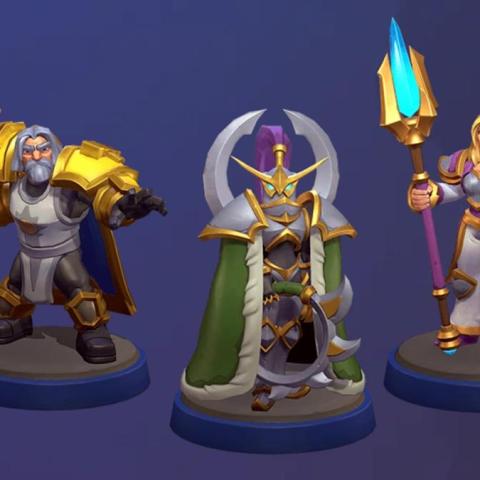In history, art and society often clash, especially when it comes to nudity. Take Michelangelo’s The Last Judgment. After its completion, much of the nudity was covered up due to a ban on what was seen as “lasciviousness” in art. While this was a form of censorship, it was less destructive compared to what happened centuries later during the Protestant Reformation. In 1566, iconoclasts destroyed a major piece by artist Frans Floris in Antwerp, showing how extreme cultural shifts can lead to the erasure of artistic expression.
Fast forward to 1815. Francisco de Goya painted two portraits of the same woman: one nude and the other dressed. Despite their bold portrayal of contemporary beauty, the Inquisition seized these works for being too scandalous. Remarkably, they weren’t destroyed. Instead, they were locked away for years.
Goya’s paintings remained hidden until after the downfall of Spanish Prime Minister Manuel Godoy. He had kept them safe among other nude artworks. When he lost power, there was a public outcry over their “decency violations.” Goya defended his work, although we don’t know how. Eventually, the paintings made their way to the Prado Museum in 1901.
More recently, conversations about nudity in art have resurfaced, especially with the rise of social media. Platforms like Instagram face backlash for banning content featuring nudity, even when it’s deemed artistic. This ongoing debate highlights society’s changing views on body image and freedom of expression.
Critics argue that such censorship stunts dialogue about art and human nature. Experts remind us that historical battles over art often reflect deeper societal issues. The conflict between artistic freedom and societal norms isn’t new; it’s an age-old struggle that continues to this day.
To explore more about the intersection of culture and art, check out the National Endowment for the Arts for detailed statistics on art funding and its impact on society.






















